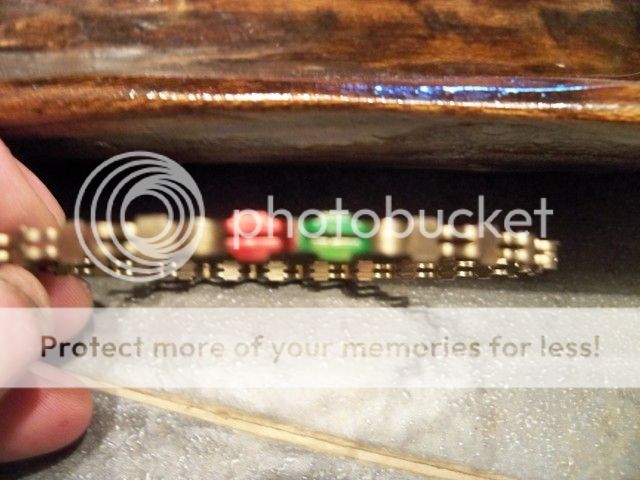KVH
Obi Wan
Offline
I lose 1/2 quart every two weeks. I'm going nuts trying to find the cause. I'm seeing smoke out the exhaust when I punch the accelerator or shift at high RPMs, and my plugs are black sooty around the outer ring, not the center. I'll try new plugs. But the loss of oil is bugging me. So, I bought a leak down tester. All cylinders are perfect with 5 to 10 percent leakage. What does that tester tell me about my loss of oil? This is the same car where two months back I nearly had a fit after seeing I was over 2 quarts low and heard a knocking. There's no knocking now, and I run great. But the exhaust smells like gas and I'm losing oil.
My friends say the exhaust smoke on shifting is black, but the other day, to me, it looked more grayish.
I guess for giggles I could replace my carb jets, but that seems desperate to me. I already replaced my floats and needles.
I'm just wondering if somehow I really am burning up that oil despite the leak down test. I'm also wondering I could be throwing oil from the rear main seal while driving, and while driving only.
Oh, well.
My friends say the exhaust smoke on shifting is black, but the other day, to me, it looked more grayish.
I guess for giggles I could replace my carb jets, but that seems desperate to me. I already replaced my floats and needles.
I'm just wondering if somehow I really am burning up that oil despite the leak down test. I'm also wondering I could be throwing oil from the rear main seal while driving, and while driving only.
Oh, well.

 Hi Guest!
Hi Guest!

 smilie in place of the real @
smilie in place of the real @
 Pretty Please - add it to our Events forum(s) and add to the calendar! >>
Pretty Please - add it to our Events forum(s) and add to the calendar! >> 



